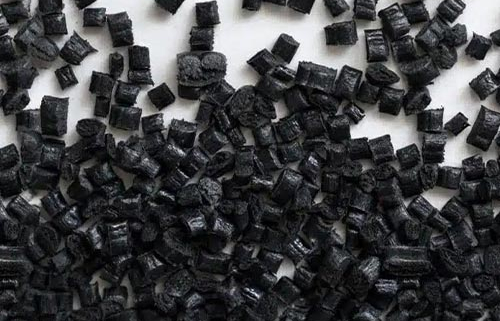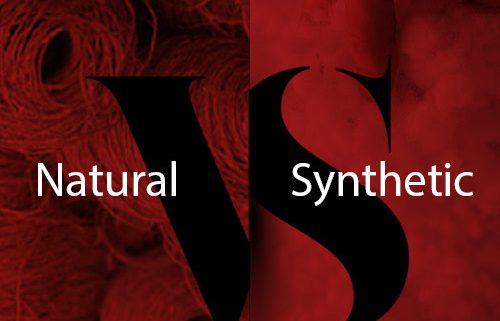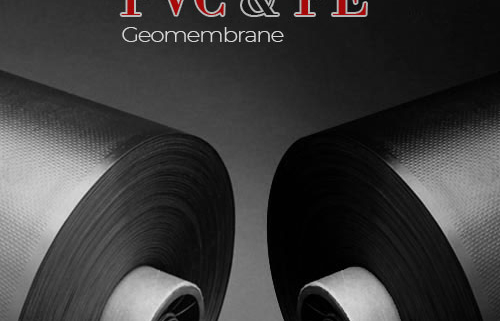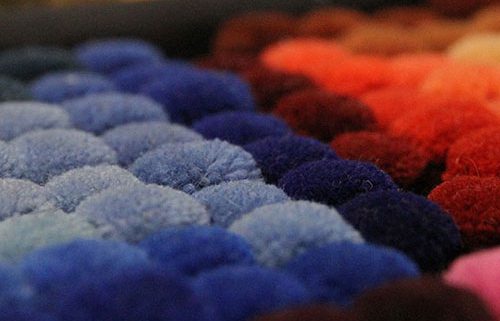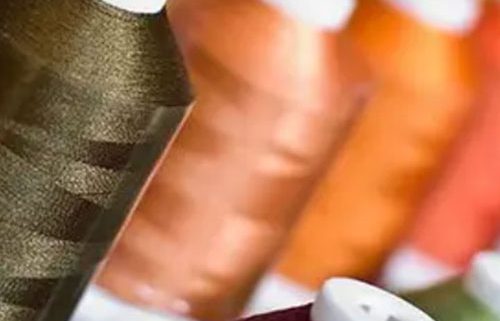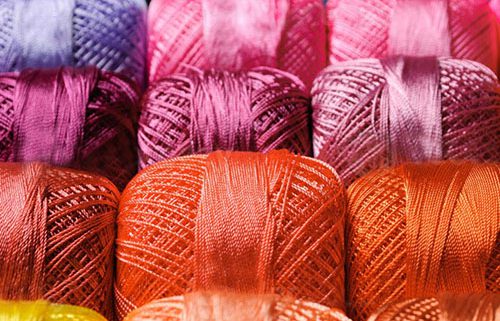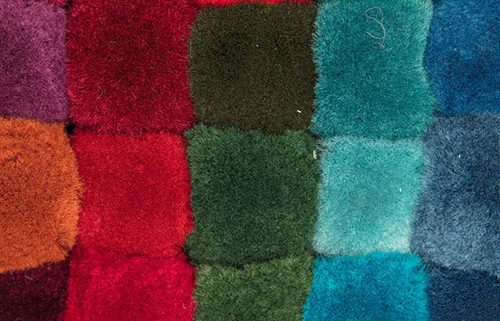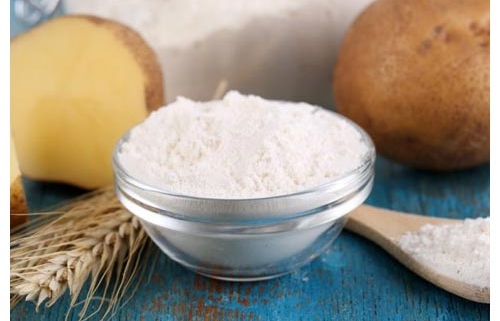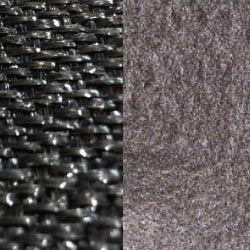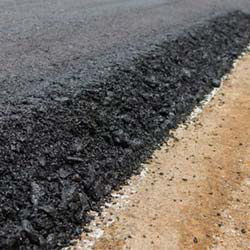Introducing types of granules and their application in industry
Granules are one of the important components of plastic and textile industries, which are produced in the form of colorful, uniform and small grains. These materials are usually used as a raw material in the production of plastic and textile products. Granules are generally of two categories: virgin granules, the first category, and recycled granules, which…

